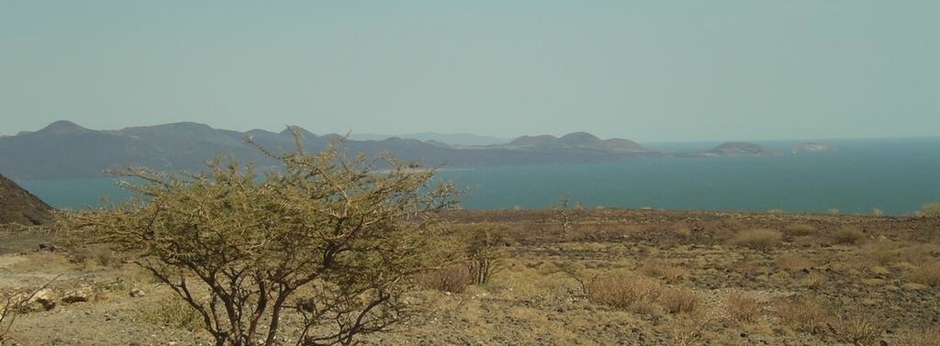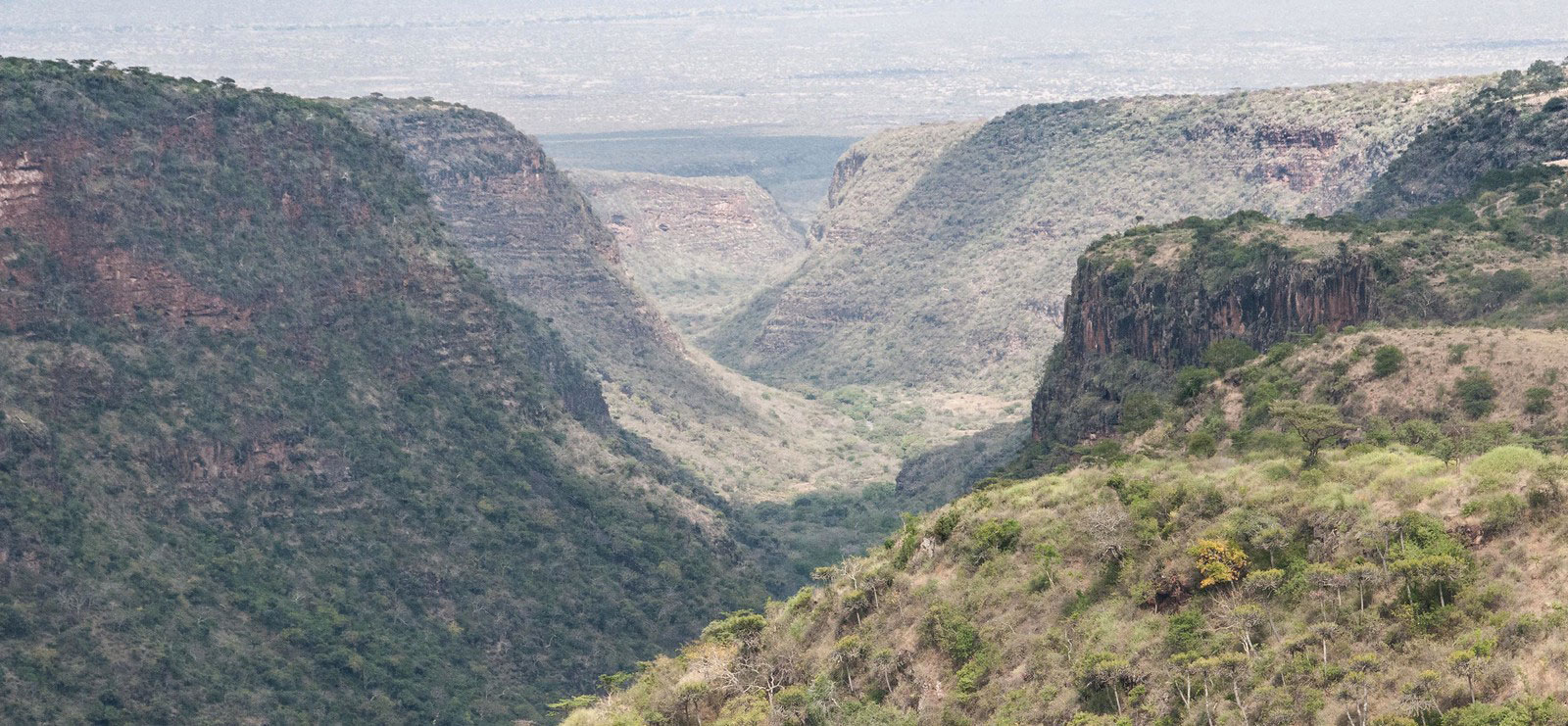Mount Kulal is an eroded extinct volcano located about east of Lake Turkana in northern Kenya. The mountain stands at a height of 2,285 meters (7,497 ft). Mount Kulal lies 50 kilometers (31 miles) west of the lakeside town of Loiyangalani.
Since 1978, Mount Kulal has been designated as a UNESCO Biosphere Reserve.
The Kulal white-eye (Zosterops kulalensis) has only been discovered on Mount Kulal.
Mt Kulal (2293m) dominates the eastern horizon of Lake Turkana, and its wooded volcanic sides provide some excellent trekking opportunities. The Mt Kulal chameleon, a lovely reptile first discovered in 2003, is one of the many unusual organisms found in this rich forgotten paradise in the middle of the desert.
No matter what the local guides say, reaching the top from Loyangalani in a single day is impossible. A return trip will take many days. In Loyangalani, you may hire guides and donkeys to transport your belongings, or you can take a lift up Mt Kulal to the settlements of Arapal or Gatab. From there, you may go to the peak and back down to the foot of the mountain in a lengthy day (eight to ten hours).
If you happen to be passing through Arapal, don’t forget to whistle a melody at the singing wells, where the Samburu collect water (and sing while doing so – hence the name).

An Oasis in the Turkana Desert and a Biosphere Reserve
The ecology of Mount Kulal absorbs moisture in the form of mist and rain, providing vital hydrological services to northern Kenya. Lava fields characterize the terrain in the surrounding area, and the mountainsidesare steep and often sliced by deep canyons, all of which have a volcanic origin. Mount Kulal’s location in the center of one of East Africa’s driest regions not only distinguishes it topographically but also adds to the ecological services the mountain and its forest give to the region.
Until 1976, the Biosphere Reserve was once an important habitat for elephants (Loxodonta africana) and black rhinoceroses (Diceros bicornis), both of which were abundant. Poaching, on the other hand, has now wiped out these species.

